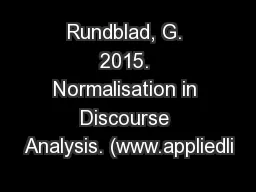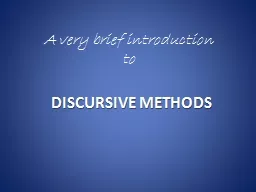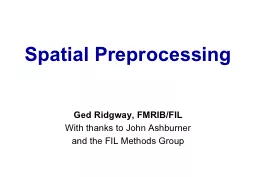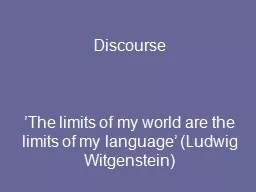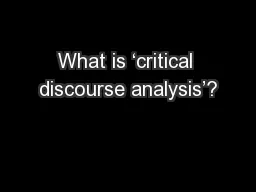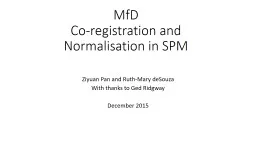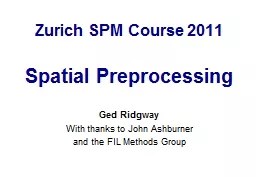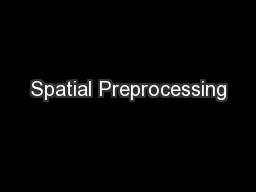PDF-Rundblad, G. 2015. Normalisation in Discourse Analysis. (www.appliedli
Author : debby-jeon | Published Date : 2016-07-01
Rundblad G 2015 Normalisation in Discourse Analysis wwwappliedlinguisticsorguk though the writer hopefully never intended such a comparative statement Comparisons
Presentation Embed Code
Download Presentation
Download Presentation The PPT/PDF document "Rundblad, G. 2015. Normalisation in Disc..." is the property of its rightful owner. Permission is granted to download and print the materials on this website for personal, non-commercial use only, and to display it on your personal computer provided you do not modify the materials and that you retain all copyright notices contained in the materials. By downloading content from our website, you accept the terms of this agreement.
Rundblad, G. 2015. Normalisation in Discourse Analysis. (www.appliedli: Transcript
Download Rules Of Document
"Rundblad, G. 2015. Normalisation in Discourse Analysis. (www.appliedli"The content belongs to its owner. You may download and print it for personal use, without modification, and keep all copyright notices. By downloading, you agree to these terms.
Related Documents

